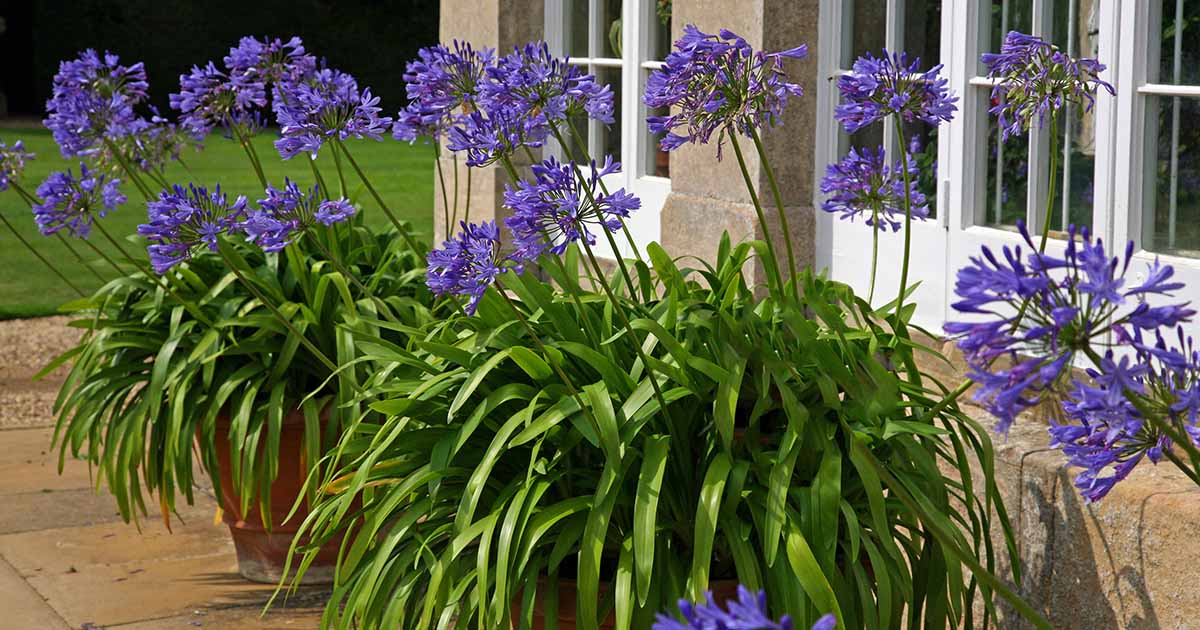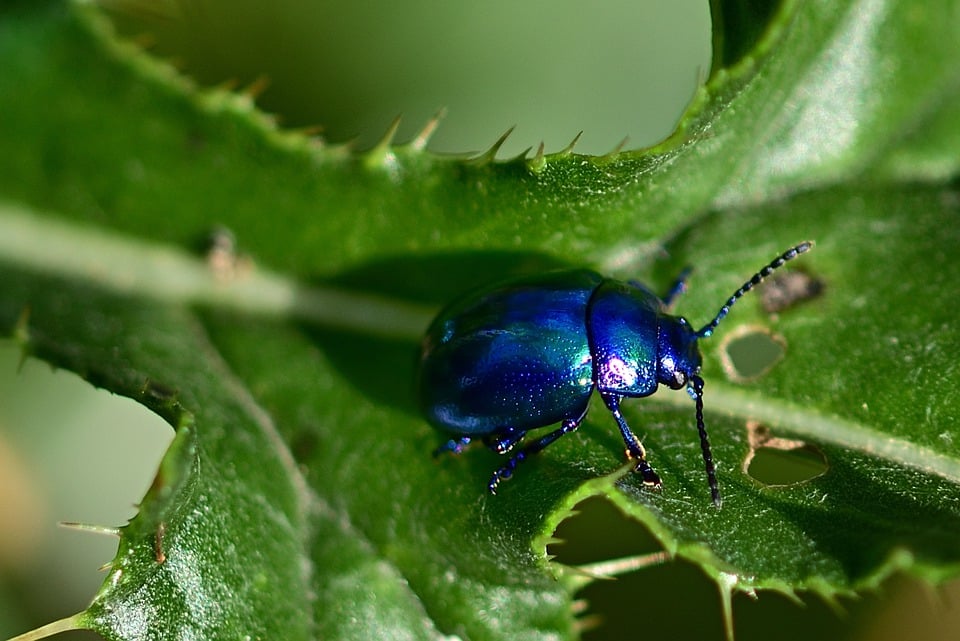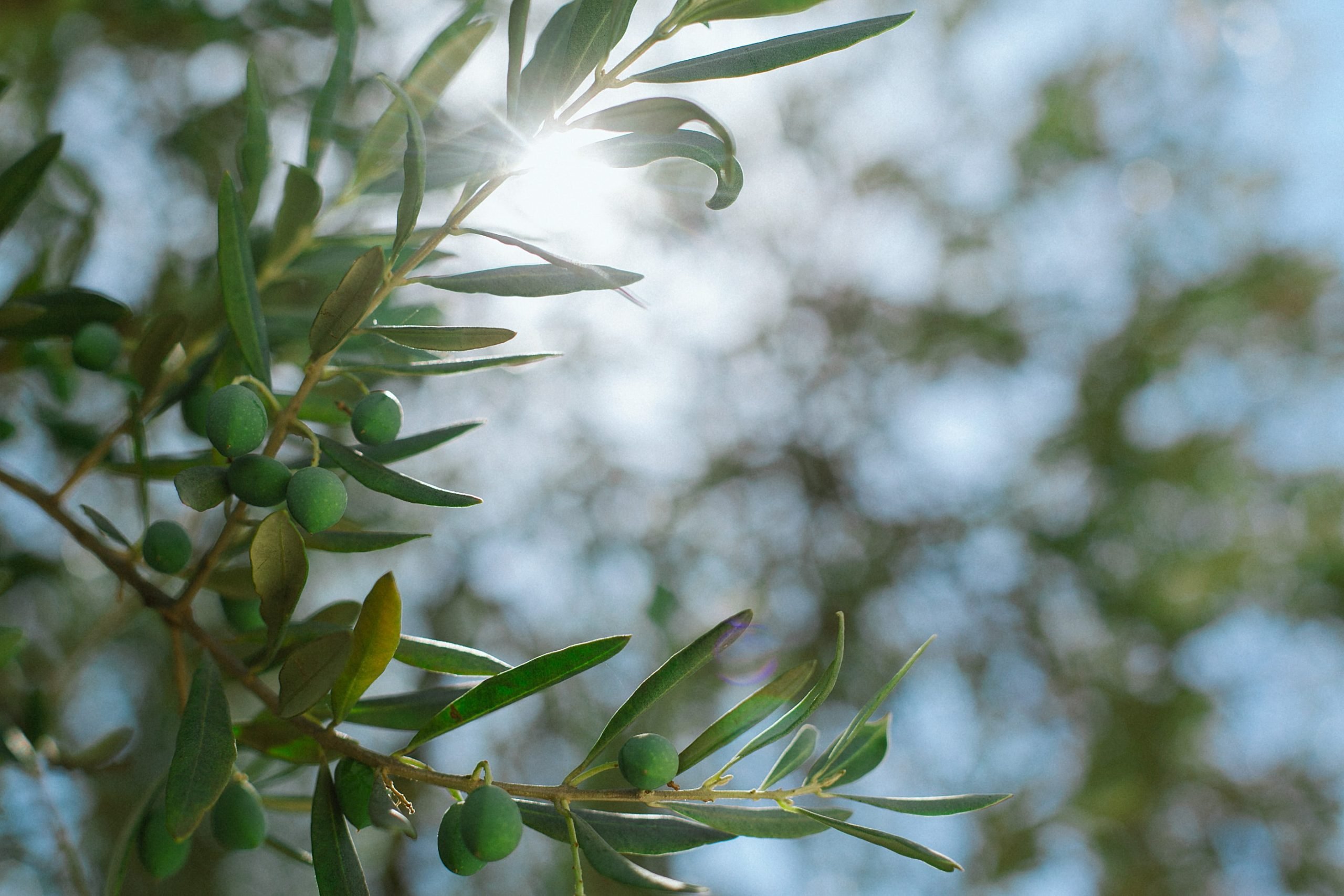A Beginner’s Guide to Growing Dianthus from Seed
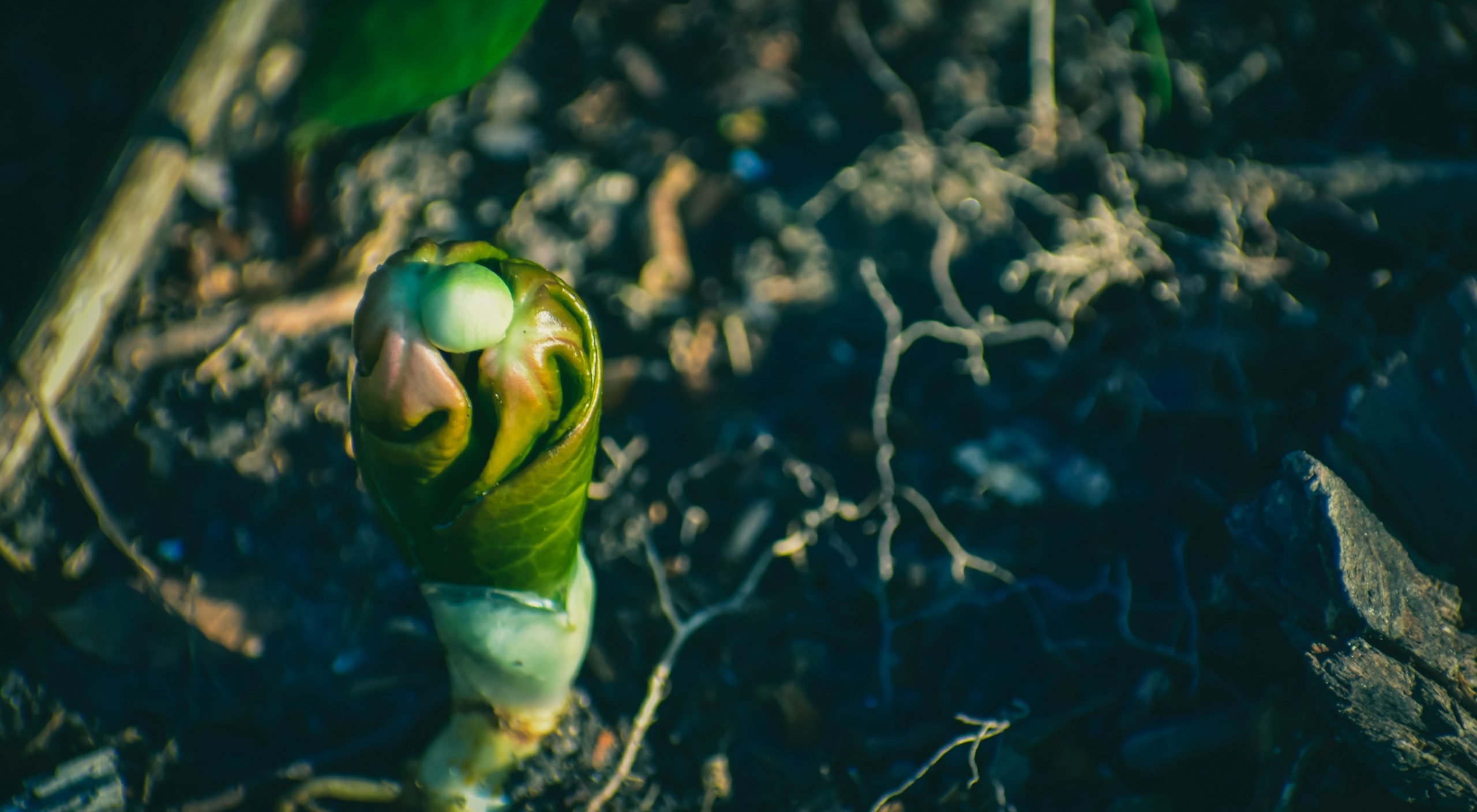
Table of Contents
Dianthus, also called pinks, is a lovely and adaptable flowering plant that has gained popularity among gardeners. Dianthus is a beautiful addition to any garden or landscape because of its various hues, sizes, and textures. In addition to being a cheap way to fill your landscape with lovely blooms, growing dianthus from seed is also a fun and satisfying experience. However, many gardeners find establishing plants from seeds difficult and intimidating, particularly those new to gardening. Growing dianthus from the source demands expertise, perseverance, and care to ensure your plants thrive and yield brilliant, long-lasting flowers.
In this article on dianthus, we will look at a step-by-step guide on successfully growing dianthus from seed. We’ll cover everything from selecting the best sources to preparing the soil to plant the seeds, taking care of seedlings, transplanting, maintaining, and harvesting the seeds.
Understanding Dianthus
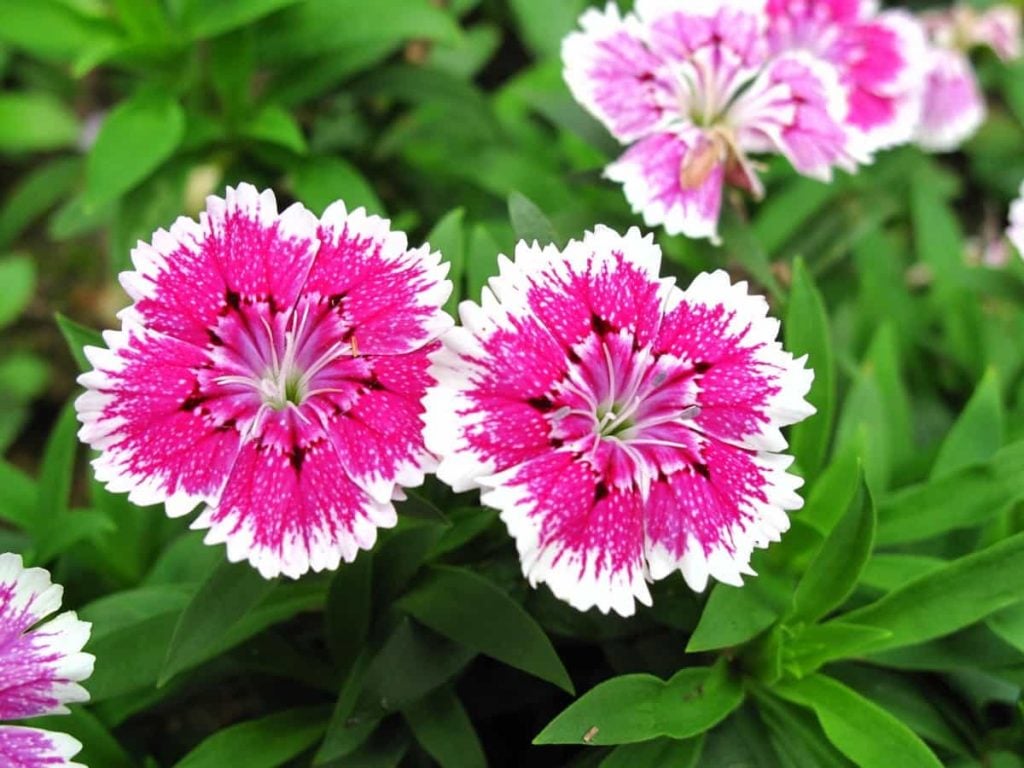
It’s important to comprehend the traits of the plant and the different varieties of dianthus before getting into the mechanics of growing dianthus from seed. Dianthus is a low-growing perennial plant that blooms with fragrant, eye-catching flowers and is a member of the carnation family. The five-petalled flowers are available in various hues, including pink, red, white, and purple. Dianthus is a great option for gardeners who want to add colour to their landscape all during the growing season because it blooms from spring through fall.
Dianthus has various varieties, such as sweet william, border, and garden pinks. The most popular dianthus variety, garden pinks, can be grown as a ground cover, in pots, or rock gardens. Pinks for borders and cottage gardens are more suited for planting since they are taller and more erect than garden pinks. Sweet William is a biennial plant with fragrant, eye-catching blossoms, sometimes planted annually. Many different types of dianthus seeds are on the market, making selection difficult. ‘Diana’s Blueberry’, ‘Sweetness’, ‘Bath’s Pink’, and ‘Cheddar Pink’ are a few of the most well-known types. However, the flowers’ colour, size, and fragrance vary according to variety. Therefore, it’s crucial to do your study and pick a combination that matches the aesthetic and growing requirements you have in mind. Once you understand dianthus and its variants, you may choose and get ready to sow your seeds.
How to Choose Dianthus Seeds
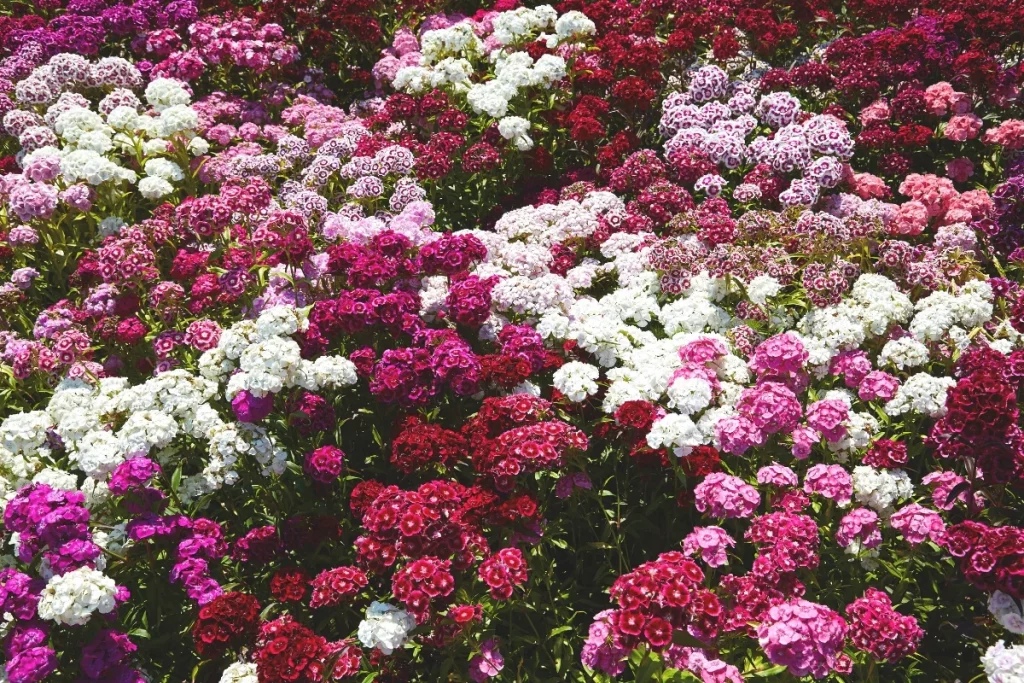
Selecting the proper dianthus seeds is an essential first step in guaranteeing successful germination and strong plant growth. When choosing dianthus seeds, there are some key considerations. First and foremost, it’s crucial to select seeds that are high-quality and fresh. Look for the seeds which are plump, firm, and devoid of any cracks or flaws. This is so they can grow stronger, healthier plants, as fresh seeds have a better germination rate than older ones. The variety should be taken into account when choosing dianthus seeds. As noted, there are numerous dianthus kinds, each with distinctive qualities. Pick a type that complements the appearance and growing circumstances of your landscape. For instance, if you are planting in a shaded region, you might want to choose a kind that can withstand dim lighting.
It’s crucial to take the provider into account while choosing dianthus seeds. For example, you may be confident that you are getting high-quality, disease- and pest-free seeds when you get them from a reputed seller. Additionally, some providers might sell seeds treated with fungicides or other chemicals to fight infection and boost germination rates.
In general, buying seeds from a specialized seed source is preferable to buying them from a general gardening store. Speciality providers often offer higher-quality seeds and a greater variety of types. They might also provide you with additional specific details about the seeds, like how well they germinate and what conditions they need to thrive in.
How to Prepare Soil for Dianthus
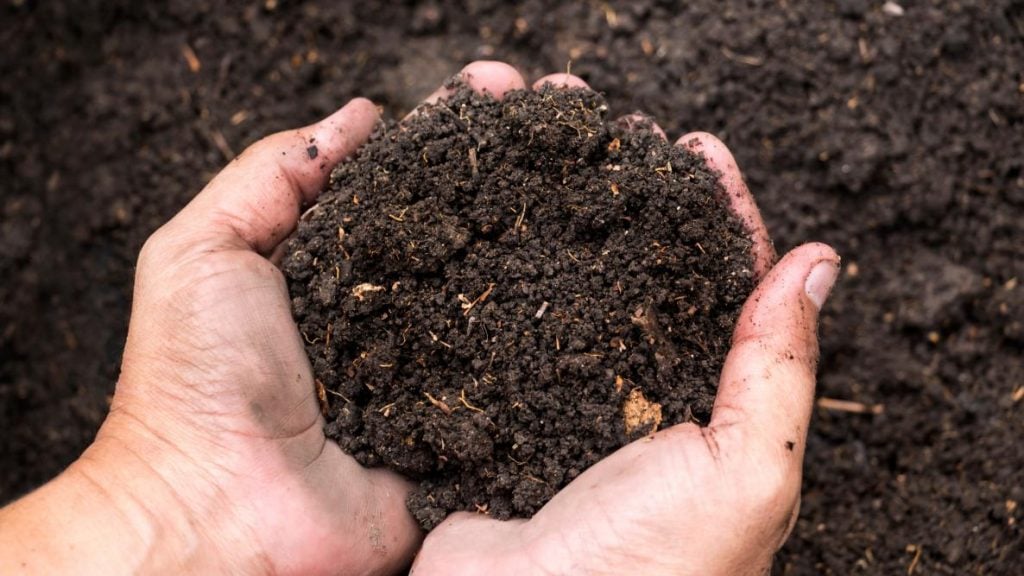
The time has come to get the soil ready for planting after choosing the appropriate dianthus seeds. Dianthus plants prefer slightly alkaline, pH 6.5 to 8.0, well-draining soil. However, depending on the cultivar, they also require full sun to partial shade. As a result, it’s crucial to prepare the soil appropriately.
Including organic materials in the soil is one technique to raise its quality. Compost and other organic material enhance soil structure, boost water retention, and nourish plants. Spread some compost over the soil and massage it into the first few inches to add organic matter. Organic elements, such as well-rotted manure or leaf mould, can also be added. Consider adding sand or perlite to your soil to increase drainage if it is excessively dense and has poor drainage. Alternatively, you can add clay or vermiculite to your soil to improve water retention if it is too sandy and does not retain moisture properly. Effective drainage is crucial because dianthus plants dislike having their feet wet.
Adding lime to the soil is another method of enhancing soil quality. To increase the soil’s pH, if it is too acidic for dianthus plants, you can apply lime. You can use a soil test kit, accessible at most garden centres, to measure the pH of your soil. Refer to the kit’s instructions for a precise pH reading of your soil. Before you plant your dianthus seeds, clearing the soil of any weeds, pebbles, or other objects is essential. Rocks and other debris can hinder root growth, while weeds can compete with your plants for water and nutrients.
How to Sow Dianthus Seeds
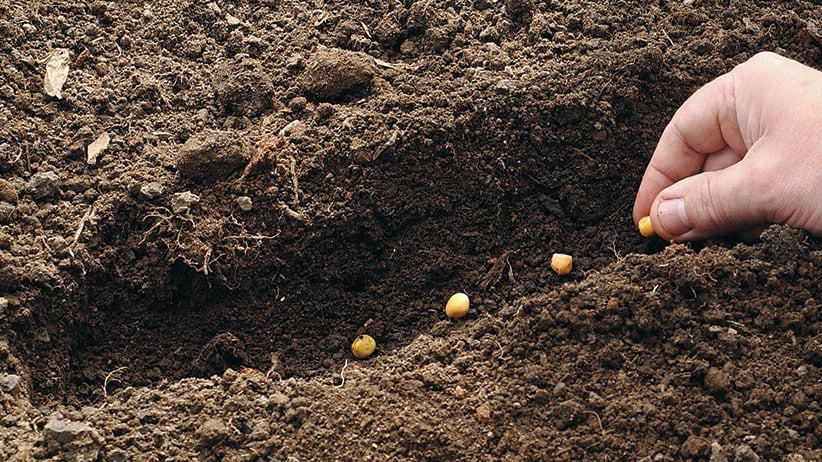
The dianthus seeds should be sown after the soil has been prepared. The variety and climate in your area determine when to grow dianthus seeds. In general, when the soil temperature is above 60°F, dianthus seeds can be sown in the early spring or the fall.
Indoor and outdoor sowing of dianthus seeds is the two basic methods. 8–10 weeks prior to the latest day of frost in your area, indoor sowing is carried out in the late winter. When beginning seeds indoors, place the seeds on top of a seed tray filled with a damp seed-starting mix. After lightly covering the bases with dirt, sprinkle the soil with water. Place the tray of seeds in a warm, well-lit area and cover it with a lid or plastic wrap to produce a humid atmosphere. Remove the cover once the seeds have begun to sprout, and maintain the soil moist as before. The seedlings can be placed in individual pots after producing their second set of leaves and grown indoors until they are prepared to be planted outdoors. When the soil temperature is more than 60°F, outdoor sowing is possible. Prepare the soil as directed in the previous section before planting seedlings outdoors. Spread the seeds over the earth, then add a thin soil layer on top of them. To protect the roots, only lightly water the soil. Thin the seedlings to maintain optimum spacing once the seeds have germinated.
Dianthus seeds should be sown at a depth of around 1/8 inch, and they should be spaced apart correctly when they are spread out. If roots are planted too deeply, they may not germinate; if planted too shallowly, they may dry out or be devoured by birds.
Additionally, spacing is crucial while sowing dianthus seeds. Depending on the cultivar, Dianthus plants can spread out to be anywhere from 6 to 18 inches wide. As a result, it’s crucial to space the seeds properly—plant seeds about 6 inches apart for lesser varieties and at least 12 inches apart for bigger ones.
How to Take Care of Dianthus Seedling

Proper care is necessary to guarantee the healthy growth of your Dianthus seedlings. Start by keeping temperatures between 60°F and 70°F and supplying them with bright, indirect light. Avoid the sun’s direct rays since they can burn the foliage. Next, regularly water your seedlings, ensuring the soil is moist but not soggy. Use soil that drains well, and fertilize every two weeks with a balanced and water-soluble fertiliser. Aphids and damping-off are frequent issues that can be avoided with good maintenance. When you notice stressed-out symptoms, such as yellowing or withering leaves, alter your watering schedule. Your seedlings could require extra light if they grow tall and spindly. When your dianthus seedlings have outgrown their starter pots, move them into the garden and space them properly. Your dianthus seedlings will become strong, lovely plants if you care for them.
How to Transplant Dianthus Seedling
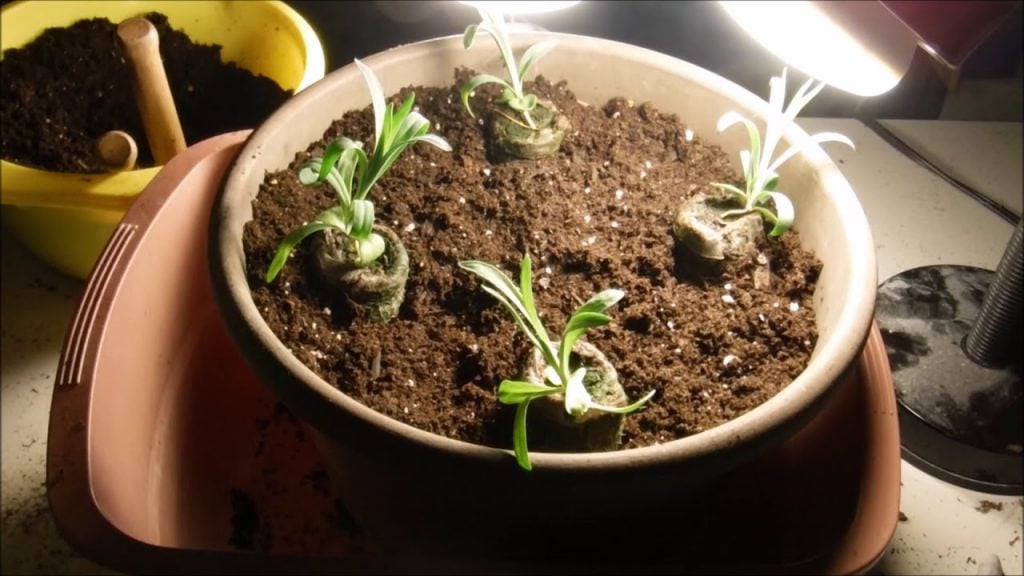
It is time to transplant your dianthus seedlings to their permanent position in the garden once they have reached a size where they have outgrown their pots or starting location. It’s crucial to transplant dianthus seedlings at the right moment and take good care of them. When the seedlings have grown their second set of true leaves and are about 2-3 inches tall, transplanting should occur. The fresh soil should drain effectively and be improved with compost or other organic matter.
Place the seedling in the hole after carefully removing it from its original spot, ensuring it is planted at the same depth. Give it plenty of water to help it adapt to the new environment. Avoid transplanting in hot, dry conditions, and keep the soil moist for a few days after the transplant to lessen transplant shock. To ensure their sustained development and health, keep an eye on them frequently and give them the attention they require, such as regular watering and fertilization.
How to Maintain Dianthus Plants
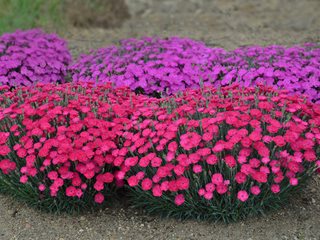
Dianthus plants need to be maintained if they’re to keep growing and blooming. Pruning and deadheading are essential for maintaining plants’ health and appearance. While deadheading entails removing spent flowers to promote new blooms, pruning entails removing any dead or broken stems or branches using a pair of sharp pruning shears. Despite being typically low-maintenance and pest and disease-resistant, Dianthus plants can occasionally succumb to pests and diseases, including spider mites, aphids, and powdery mildew. Therefore, it’s crucial to periodically check the plants for any signs of illness or infestation and treat them right away to prevent and treat these problems. The final tip for extending the flowering season is to routinely deadhead the spent blooms, fertilize your plants with a balanced fertilizer in the spring and summertime, and keep them well-hydrated by watering them during dry spells.
Harvesting the Dianthus Seeds
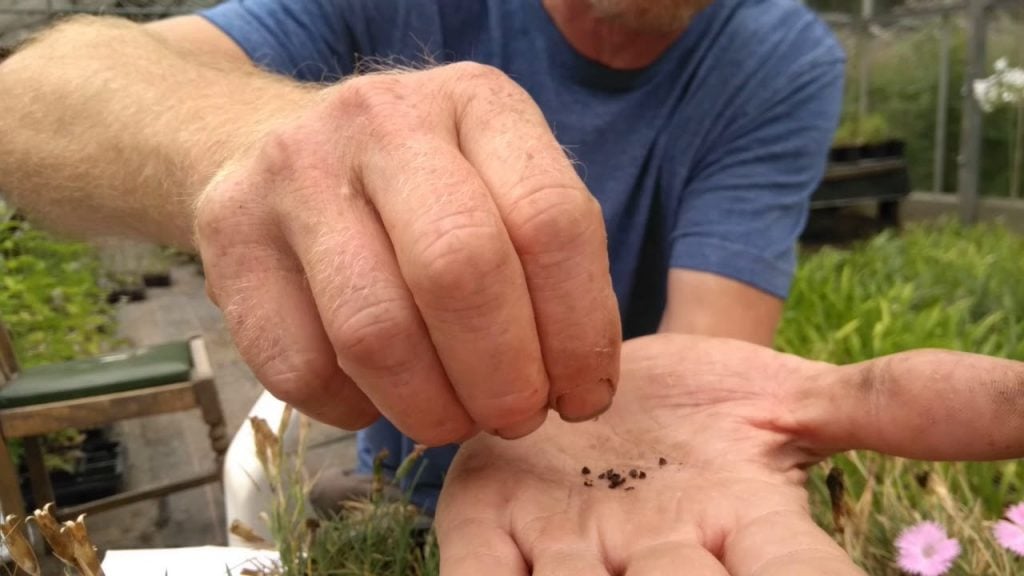
You might wish to collect the seeds from your dianthus plants once they have bloomed so you can use them later. It is ideal for collecting dianthus seeds once the seed heads have dried and become brown. Usually, this happens in the late summer or early fall. Clip the seed heads off the plant and put them in a paper bag to collect the seeds. It’s critical to clean and carefully store your dianthus seeds after you’ve harvested them to preserve their viability. To clean the seeds, gently shake the seed heads in a paper bag to remove any chaff or dirt. The seeds should then be placed in a fine-mesh strainer and carefully washed with water. Before keeping the seeds in an airtight container in a cold, dry location, let them dry out.
Saving dianthus seeds offers many advantages, including the potential to preserve uncommon or heirloom kinds and the chance to cultivate your plants for nothing. Additionally, choosing the best plants for future propagation is made possible by saving seeds since seeds from plants with the most stunning or plentiful flowers are more likely to be of excellent quality.
Essential Advice for Dianthus Gardening Success
To wrap it all up, growing dianthus seeds is an enjoyable process that can produce lovely and resilient flowers. While it may require some patience and attention to detail, the process is very straightforward, even for beginners. Remember to keep the soil moist but don’t allow the water to collect. Keep the soil moist and provide adequate sunlight.
Dianthus can be grown effectively by knowing its qualities, selecting high-quality seeds, preparing the soil, planting the seeds, caring for the seedlings, transplanting them, maintaining the plants, and collecting the seeds.
You can enjoy the beauty and smell of dianthus plants in your garden for many years by following these instructions and providing them with the required attention.

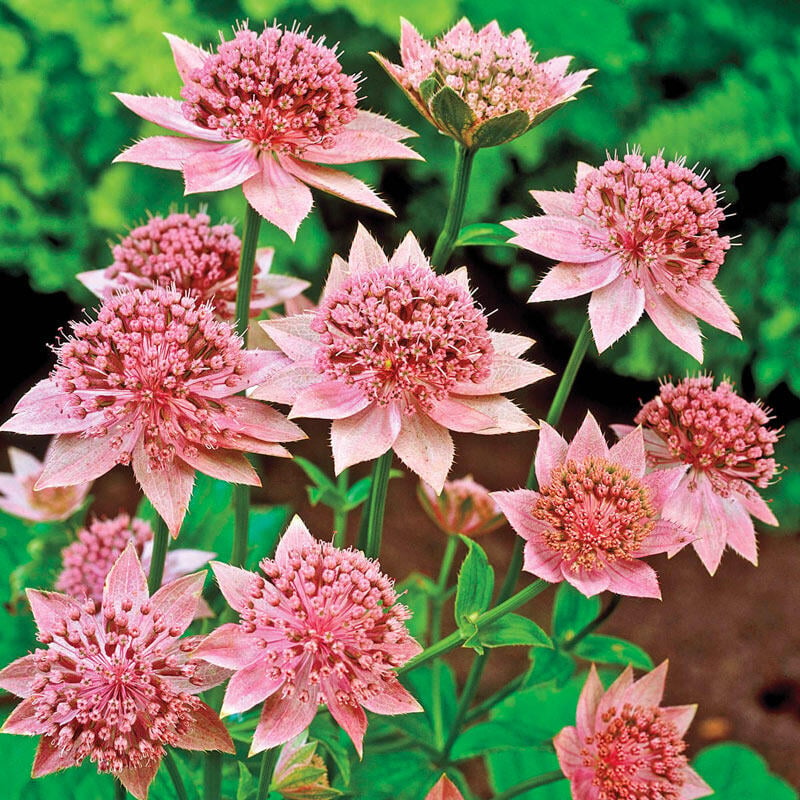
![Learn How and When to Prune Your Pear Trees [UK]](https://staging.thearches.co.uk/wp-content/uploads/How-And-When-To-Prune-Pear-Trees.jpeg)
